Best Scala Programming Guides to Buy in December 2025
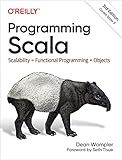
Programming Scala: Scalability = Functional Programming + Objects


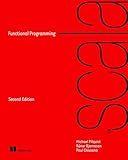
Functional Programming in Scala, Second Edition



Programming in Scala Fifth Edition


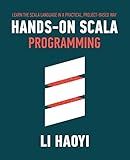
Hands-on Scala Programming: Learn Scala in a Practical, Project-Based Way


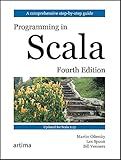
Programming in Scala


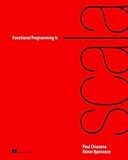
Functional Programming in Scala


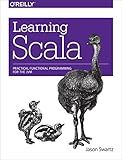
Learning Scala: Practical Functional Programming for the JVM


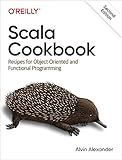
Scala Cookbook: Recipes for Object-Oriented and Functional Programming


To concatenate char-type elements in Scala, you can use the String class and its + operator. Here's an example of how you can do it:
val char1: Char = 'H' val char2: Char = 'i'
val result: String = char1.toString + char2.toString
println(result) // Output: Hi
In this example, we have two character variables char1 and char2. To concatenate them into a single string, we convert each character to string using the toString method and then use the + operator to concatenate the strings.
The toString method converts the characters into strings because the + operator in Scala is defined for concatenating strings. Finally, we store the concatenated result in the result variable and print it to the console. The output will be "Hi".
Note: Since characters in Scala are not concatenated directly, it is necessary to convert them to strings before concatenating.
How to combine multiple char elements into a single string in Scala?
To combine multiple Char elements into a single string in Scala, you can use the mkString method or the + operator. Here are examples of both approaches:
- Using mkString method:
val chars: Seq[Char] = Seq('H', 'e', 'l', 'l', 'o') val combinedString: String = chars.mkString("") println(combinedString)
Output:
Hello
- Using + operator:
val chars: Seq[Char] = Seq('H', 'e', 'l', 'l', 'o') val combinedString: String = chars.foldLeft("")((acc, char) => acc + char) println(combinedString)
Output:
Hello
How to concatenate char elements while preserving their order in Scala?
In Scala, you can concatenate char elements while preserving their order by either using the mkString method or by explicitly converting each char element to a string and then joining them together.
- Using mkString method:
val chars: Seq[Char] = Seq('H', 'e', 'l', 'l', 'o') val result: String = chars.mkString println(result) // Output: Hello
- Converting char elements to string and joining:
val chars: Seq[Char] = Seq('H', 'e', 'l', 'l', 'o') val result: String = chars.map(_.toString).mkString println(result) // Output: Hello
Both methods will give you the same result: "Hello". The mkString method concatenates all the elements in the sequence into a single string using an optional separator (default is an empty string). In this case, we're not providing any separator, so the elements are concatenated without any separation.
What is the memory overhead of concatenating char-type elements in Scala?
In Scala, each Char element takes up 2 bytes of memory. When concatenating Char elements, an additional memory overhead is introduced for storing the resulting String object.
The memory overhead of concatenating Char elements depends on the number of elements being concatenated and the specific implementation. In general, the memory overhead is proportional to the length of the resulting String.
For example, if you concatenate two Char elements, the resulting String object will have a memory overhead of at least 4 bytes (2 bytes for each Char element). If you concatenate a larger number of Char elements, the memory overhead will increase accordingly.
It's important to note that when concatenating Char elements, an intermediate StringBuilder object is usually used internally, which might introduce additional memory overhead. However, this overhead is typically negligible compared to the actual resulting String object.
What is the recommended approach for joining char-type elements in Scala?
The recommended approach for joining char-type elements in Scala is to convert the characters into strings and then join them using the mkString method.
Here is an example:
val chars: Array[Char] = Array('H', 'e', 'l', 'l', 'o') val joinedString: String = chars.map(_.toString).mkString("") println(joinedString) // Output: "Hello"
In the example above, the array of characters is first mapped to an array of strings by calling toString on each character. Then, the mkString method is used to join these strings together, with an empty string as the separator. Finally, the joined string is printed as output.
Note that since characters are not directly joinable like strings or collections, you need to convert them to strings first using the toString method.
How to join char elements in Scala?
To join char elements in Scala, you can use the mkString method. Here's an example:
val chars: Array[Char] = Array('H', 'e', 'l', 'l', 'o') val joinedString: String = chars.mkString
println(joinedString) // Output: Hello
In the above example, we create an array of char elements (['H', 'e', 'l', 'l', 'o']). Then, we use the mkString method on the array to join the characters into a single string. The result is then printed to the console.
What is the return type of concatenating char elements in Scala?
The return type of concatenating char elements in Scala is String.
